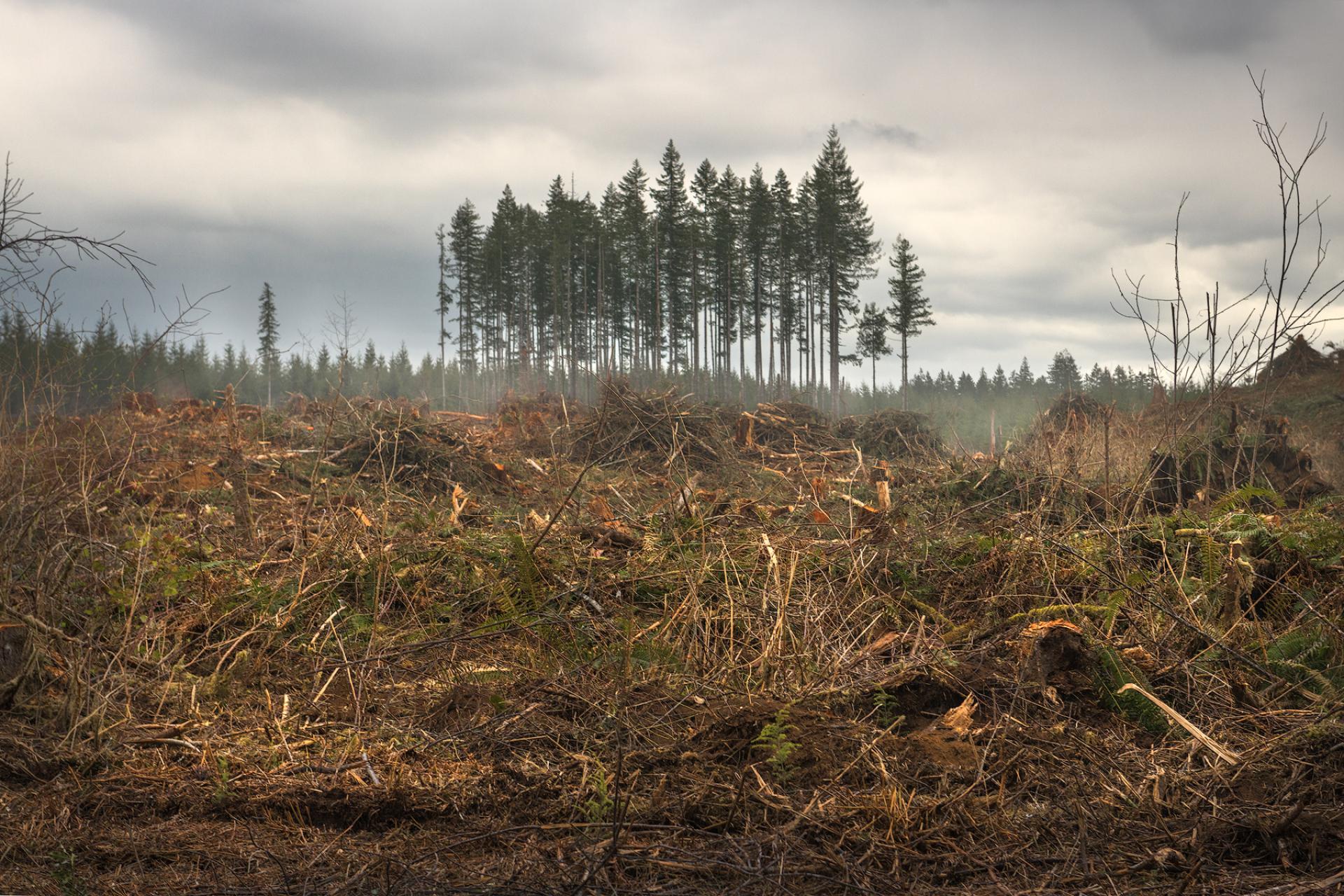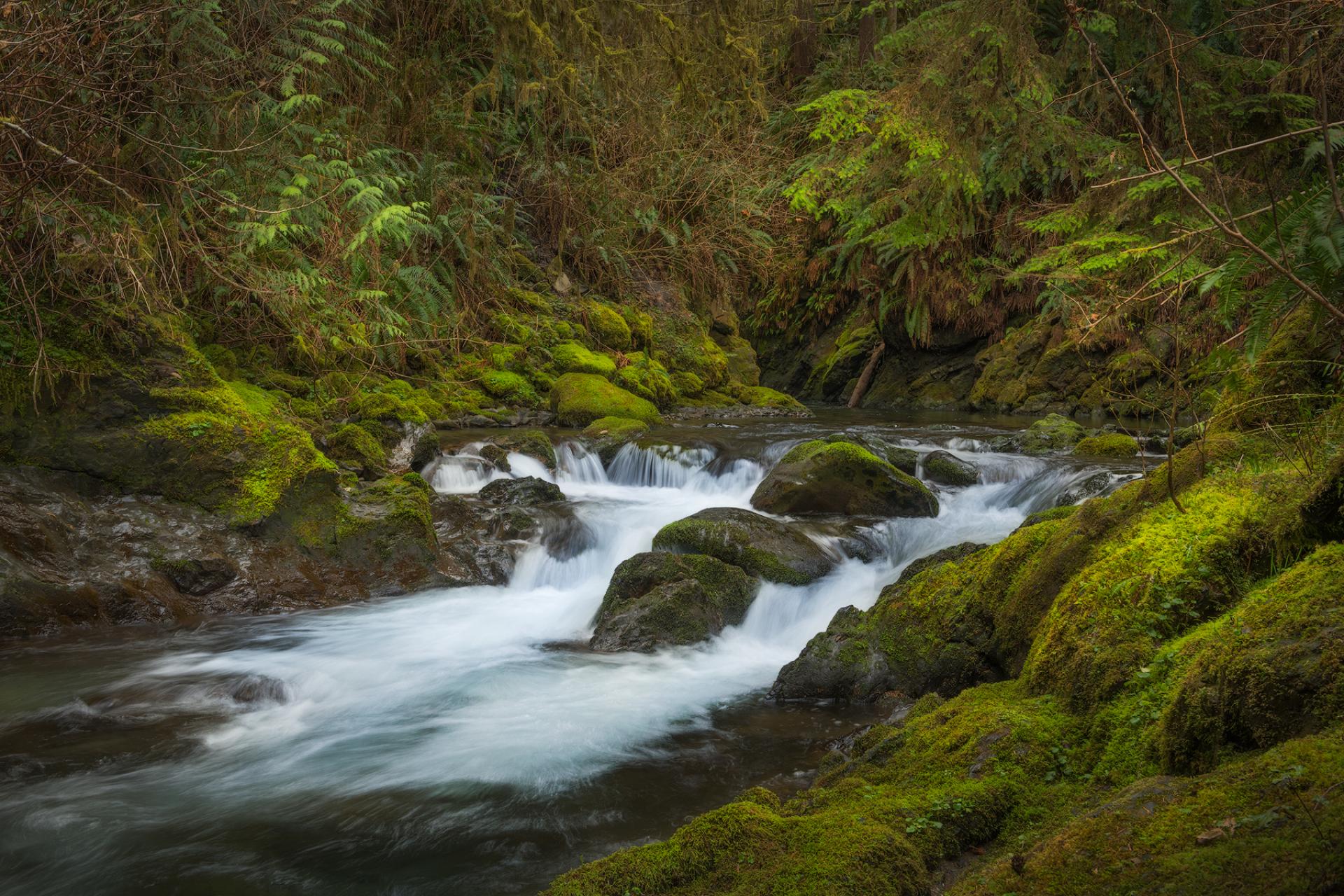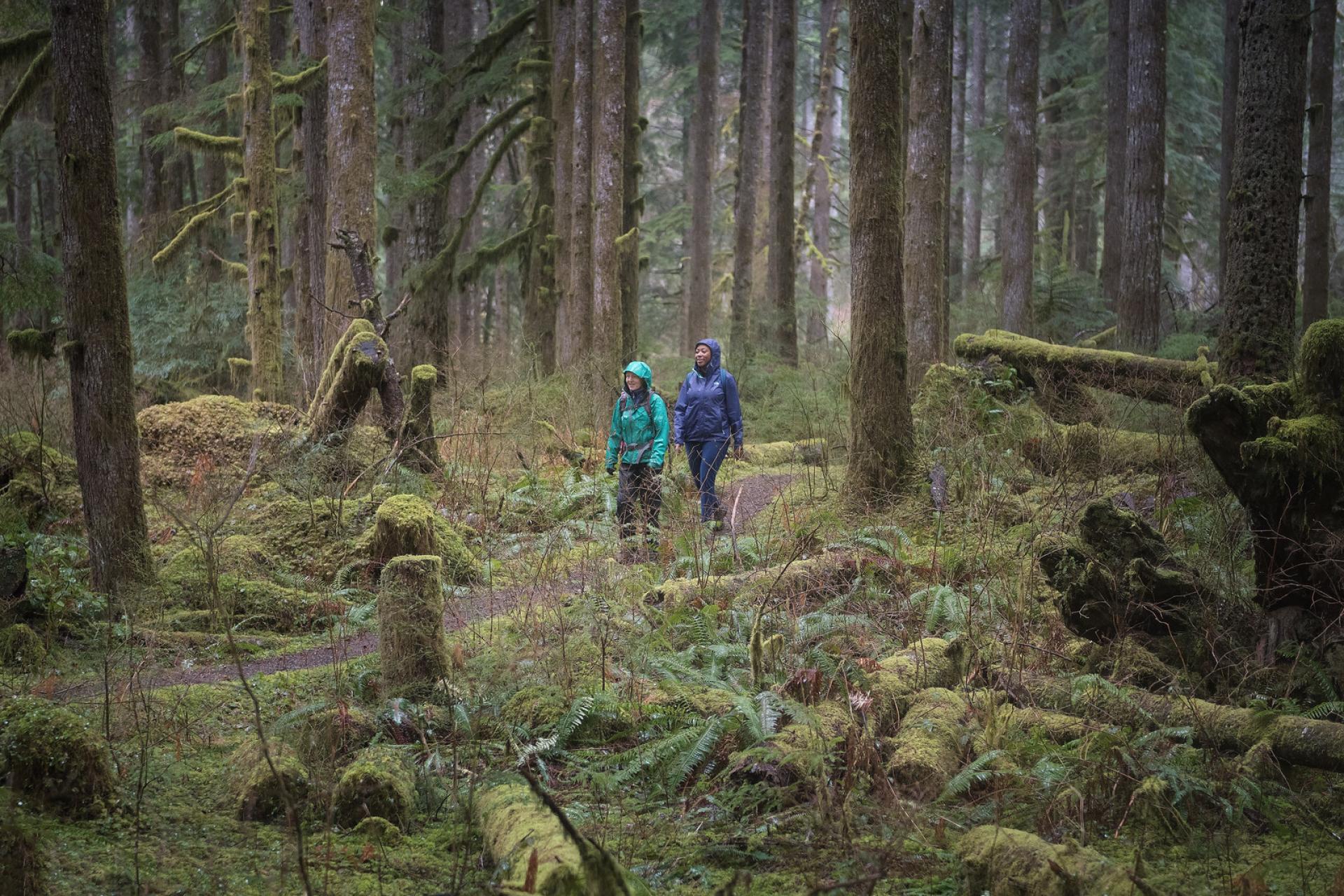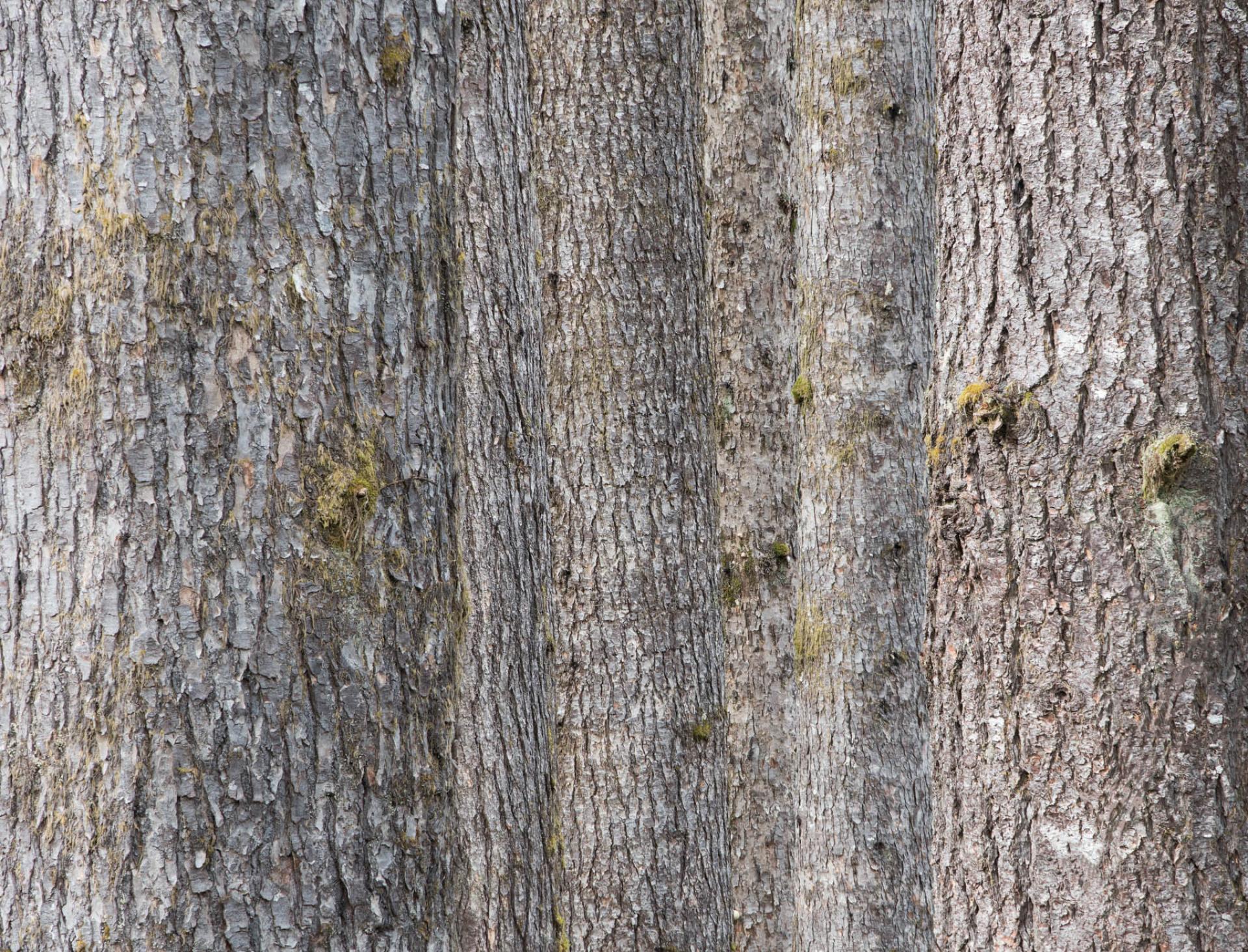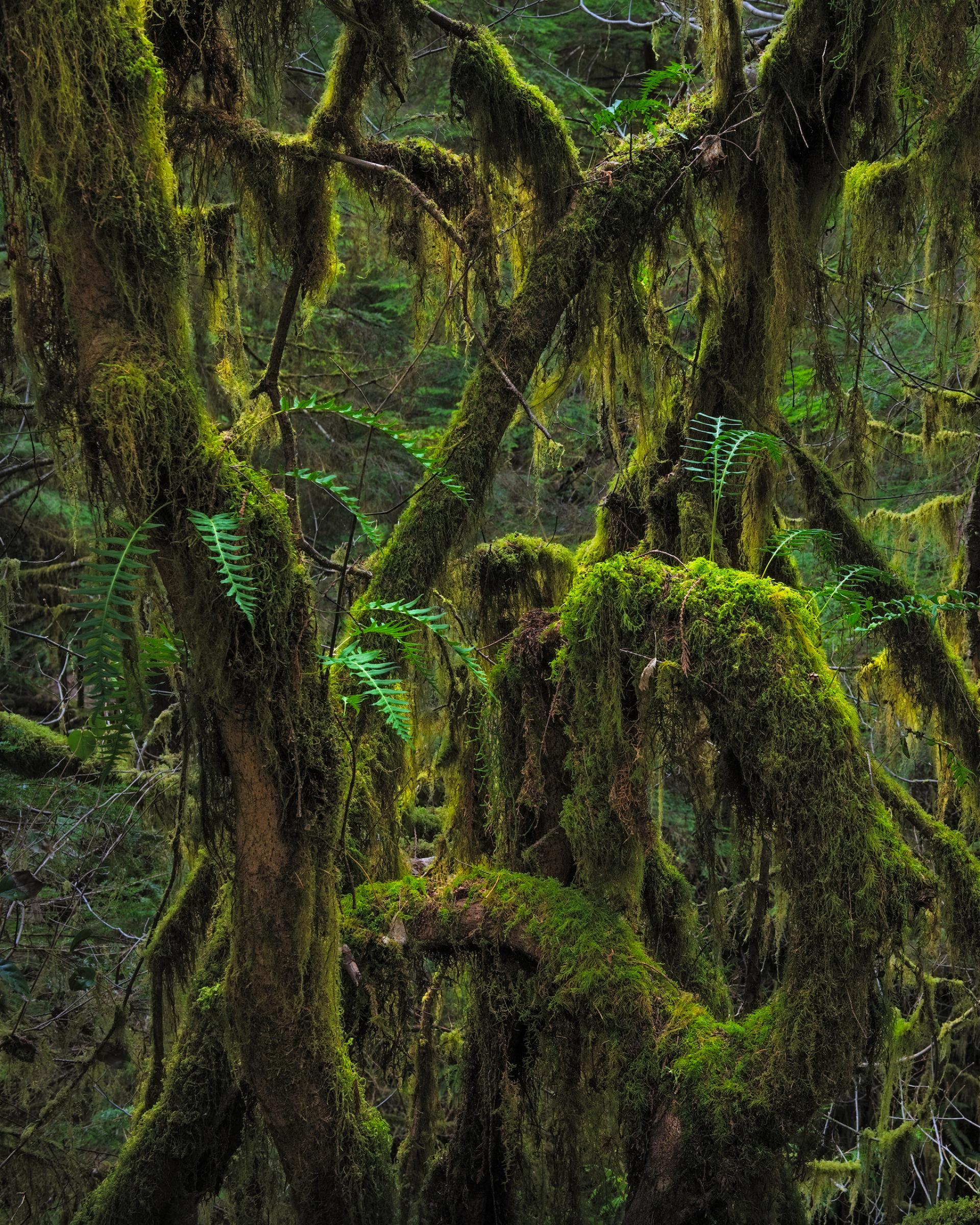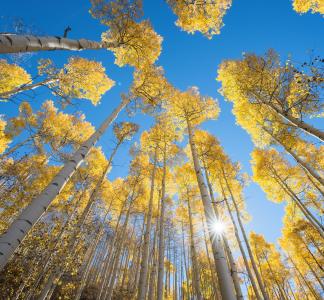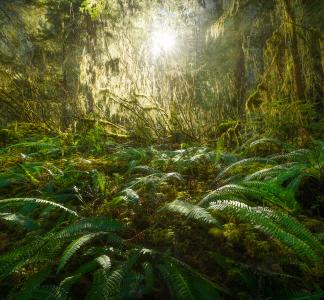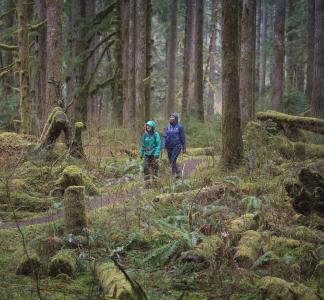Mason Cummings, TWS
Restoring and defending Washington’s wild forests
Washington’s great forests must be managed in a way that prioritizes clean water, wildlife and outdoor recreation ahead of logging.
Our work includes initiatives to protect cherished old-growth forests while ensuring all timber harvest on public land is ecologically sustainable. We are also working with federal agencies as they revisit plans for how they manage forests in the region, ensuring we safeguard a sound and decades-old conservation framework that protects rivers, ancient forests, wildlife habitat and the recreational opportunities that millions enjoy.
Washington’s national forest lands harbor wildlife like black bears, bald eagles and the last remaining caribou herd in the continental U.S. Communities in the region rely on these forests for clean drinking water and outdoor recreation opportunities.
The threat
The timber industry is pushing to vastly increase logging in Washington and the Pacific Northwest. Unsustainable management practices also threaten forests in the region, undercutting decades of hard work undertaken to protect the wildest places in a balanced way.
Forests are practically synonymous with Washington, “the Evergreen State”—and the state depends on them. Forests act as a natural water filtration system for nearby communities, offer outdoor recreation opportunities and provide habitat for wildlife like elk and lynx. Logging could severely damage all these values.
We bring sound science to the work of ensuring any timber harvest is sustainable while restoring forests and ensuring they’re in good shape for future generations. We also partner with agencies on national forest management plans that prioritize conservation and the health of nearby communities.
What we're doing
-
Balancing conservation with industry
As a member of two forest collaborative groups, we work to balance sustainable timber harvest with protection of watersheds and wildlife habitat on the Mount Baker-Snoqualmie and Okanogan-Wenatchee national forests.
-
Working with agencies
We’re encouraging the Forest Service and BLM to update the Northwest Forest Plan to recognize the value of protecting clean water, old-growth forests and recreational opportunities that millions enjoy.
-
Conducting important research
We conduct research on the importance of intact, healthy forests in Washington and the Pacific Northwest, exemplified by analysis of Mt. Baker-Snoqualmie National Forest that estimates its total value could be as much as $1 trillion.
